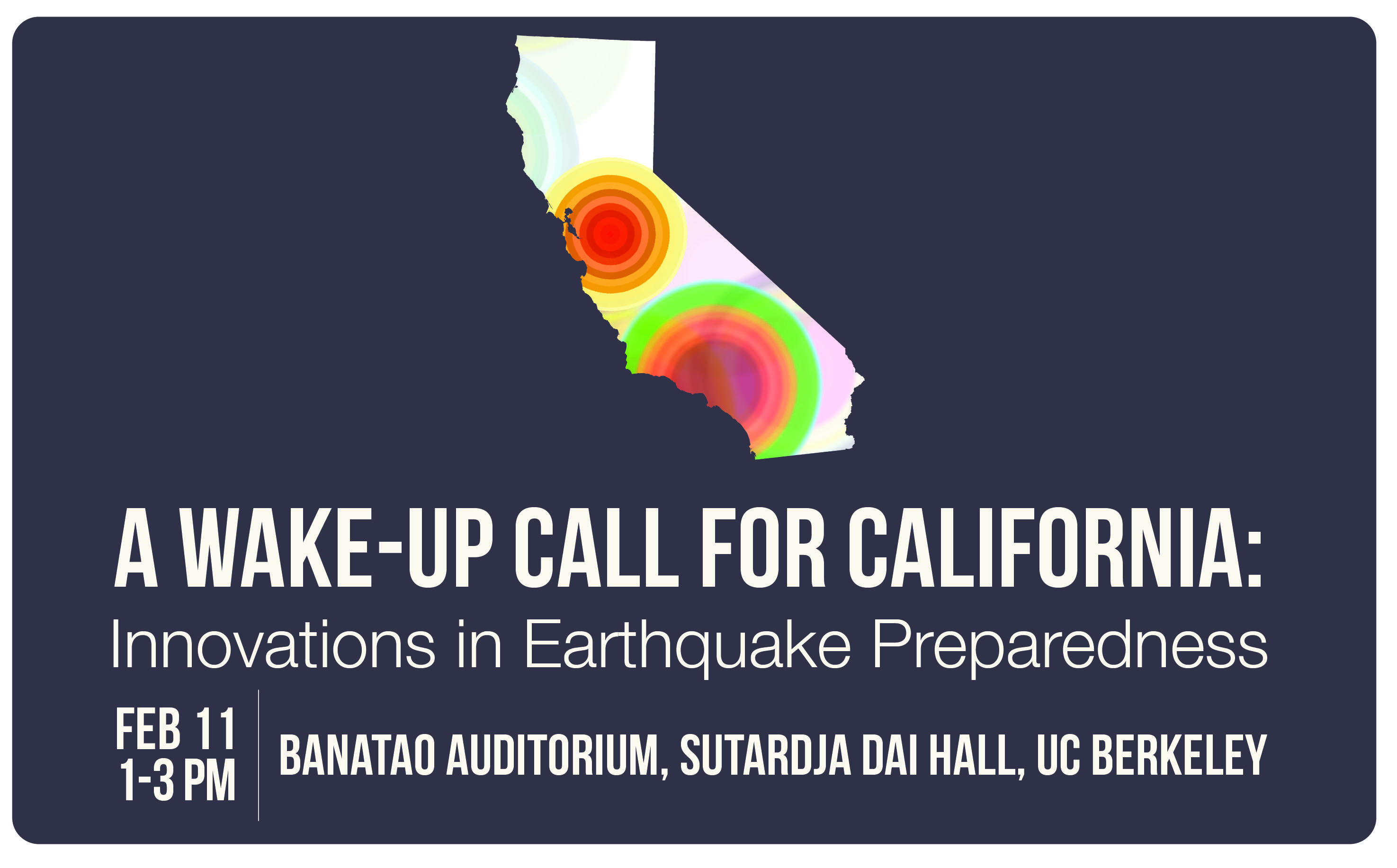QuakeFinder To Participate in Earthquake Panel Session

For event info, visit this link.

QuakeFinder and NASA have teamed on a crowdsourcing ‘Quest For Quakes’ competition. Contestants from around the world will compete to develop algorithms capable of identifying Earth-emitting electromagnetic (EM) signals known to be present in the days and weeks before M 5+ earthquakes. An award pool of $25,000 is available for those that develop winning approaches. The contest runs from July 27, 2015 through August 9, 2015.
QuakeFinder is a Humanitarian R&D effort aimed at developing an Earthquake early warning forecast capability. Since 2000, we have installed and operated 165 sensor suites along known earthquake fault lines in California, Peru, Chile, Greece, Indonesia, and Taiwan, collecting and analyzing the EM data before and after earthquakes.
In this phase of the project, we are developing algorithms to extract the unique pulses known to occur in the weeks and days ahead of moderate-to-large earthquakes. Our ultimate goal is to enable an early warning system – and save lives.
The ‘Quest For Quakes’ competitors are provided a subset of our data and have two weeks to develop code to autonomously detect EM signals in the presence of other EM noise. We expect over 100 participants to compete.
If you or someone in your organization would like to join, please visit the TopCoder site.
This is a very exciting initiative for QuakeFinder and our thanks go to the NASA Tournament Lab, Appirio, and Amazon Web Services for their invaluable contributions to this effort.
Also see: NASA’s Press Release


 Example 2 During the solar storm where a large signal is observed at a location where there is a known salt water submerged lake (Parkfield):
Yellow and red bars show the level of a large magnetic storm (Magnetic index Kp from NOAA Space Weather website).
Example 2 During the solar storm where a large signal is observed at a location where there is a known salt water submerged lake (Parkfield):
Yellow and red bars show the level of a large magnetic storm (Magnetic index Kp from NOAA Space Weather website).
 .
These same signals are observed at all our magnetometer sites, but some are lower than others due to ground conductivity.
Example 3 During the solar storm but where a smaller signal is observed at a site in a dry mountainous area:
.
These same signals are observed at all our magnetometer sites, but some are lower than others due to ground conductivity.
Example 3 During the solar storm but where a smaller signal is observed at a site in a dry mountainous area:
